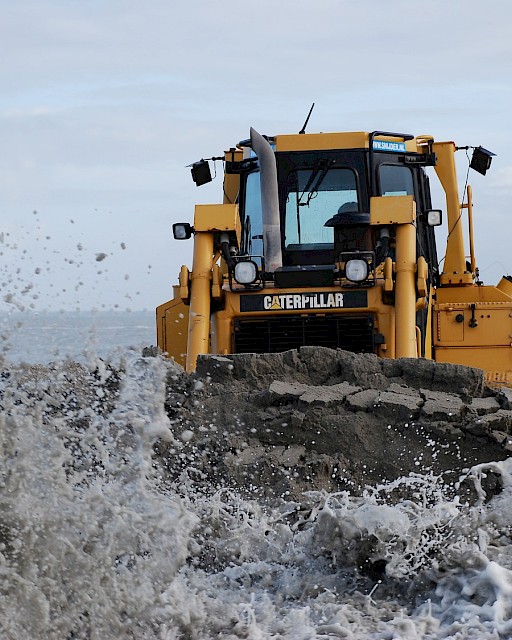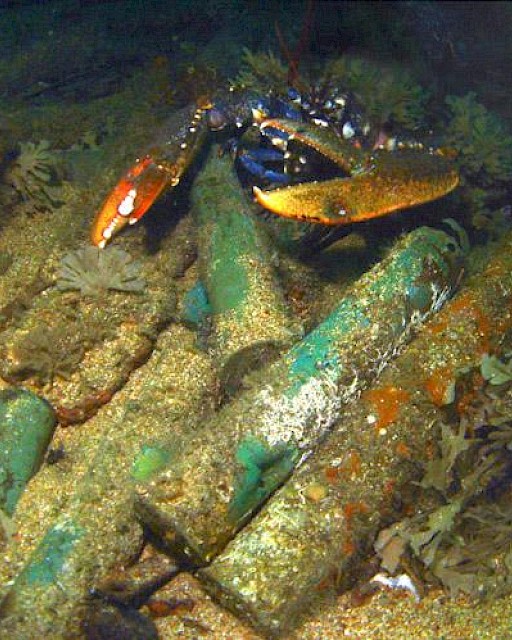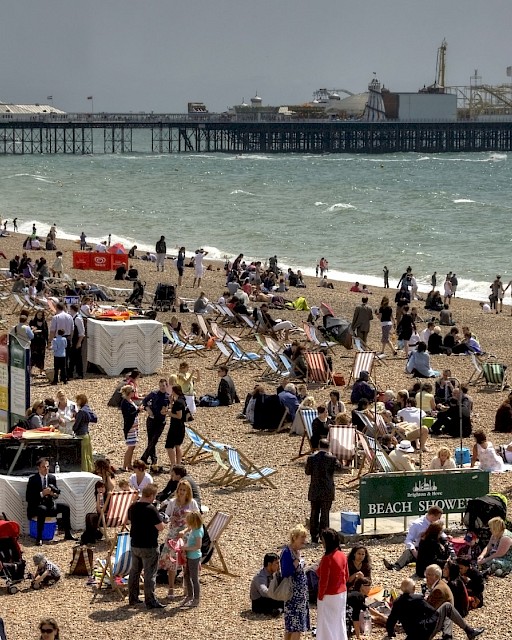Environmental impacts of offshore renewables
Knowledge of impacts from offshore windfarm developments on the marine environment and its many natural features is rapidly increasing, but we are still lacking data, long term effect monitoring and sufficient evidence. Based on current understanding, unless developed sustainably, offshore wind farms may have substantial impacts on biodiversity and the health of the marine environment.
OSPAR established a group on Offshore Renewable Energy Developments (ICG-ORED) in 2021 which is taking the lead in progressing tasks and actions related to OSPAR’s North-East Atlantic Environmental Strategy 2030 Operational Objective S12.O4: By 2023, OSPAR will develop common principles and by 2024 develop guidance to promote and facilitate sustainable development and scaling up of offshore renewable energy in a way that cumulative environmental impacts are minimised.
To achieve its aims, ICG-ORED has developed a set of initial tasks for 2022-2024:
1. To develop draft common principles for a regional sea approach.
2. To conduct a pilot on marine birds as a start for developing a regional seas approach. ICG-ORED will collaborate with OSPAR Biodiversity Committee and in particular the Marine Bird Expert Group.
3. To develop and apply a time-bound working plan elaborating on the mentioned activities, milestones and planning.
Key documents
Key facts: Offshore renewables in the North-East Atlantic
The past decade has seen substantial growth in offshore wind in the OSPAR Maritime Area driven by the urgent need to combat climate change and increase energy security. The shallow waters of the North Sea have high and widespread potential, making it the world’s leading region for deployed offshore wind capacity, while the Atlantic Ocean has a high natural potential for both bottom-fixed and floating offshore wind energy. According to the European Commission, the United Kingdom, Denmark and Germany are the leaders in offshore wind development in Europe.
By the end of 2019, there was 22 072 MW of installed offshore wind capacity in Europe, produced by over 5 000 turbines. The industry has attracted investments of €9.4bn per year in the last decade, more than any other renewable technology and is set to expand as countries strive to mitigate the effects of climate change and move towards low carbon energy generation (WindEurope, 2020).
Some increase in wave and tidal energy installations, including pilot projects, is anticipated to 2030, but significant cost reductions would be needed for these to play a significant role in energy generation.
Offshore renewables database
Whilst the majority of renewable developments in the OSPAR Maritime Area are large scale wind farms, commercial scale tidal and wave developments are now also being considered and implemented. OSPAR has therefore expanded its offshore renewables data to include all marine renewable developments.
Map available here: https://odims.ospar.org/en/maps/832/









